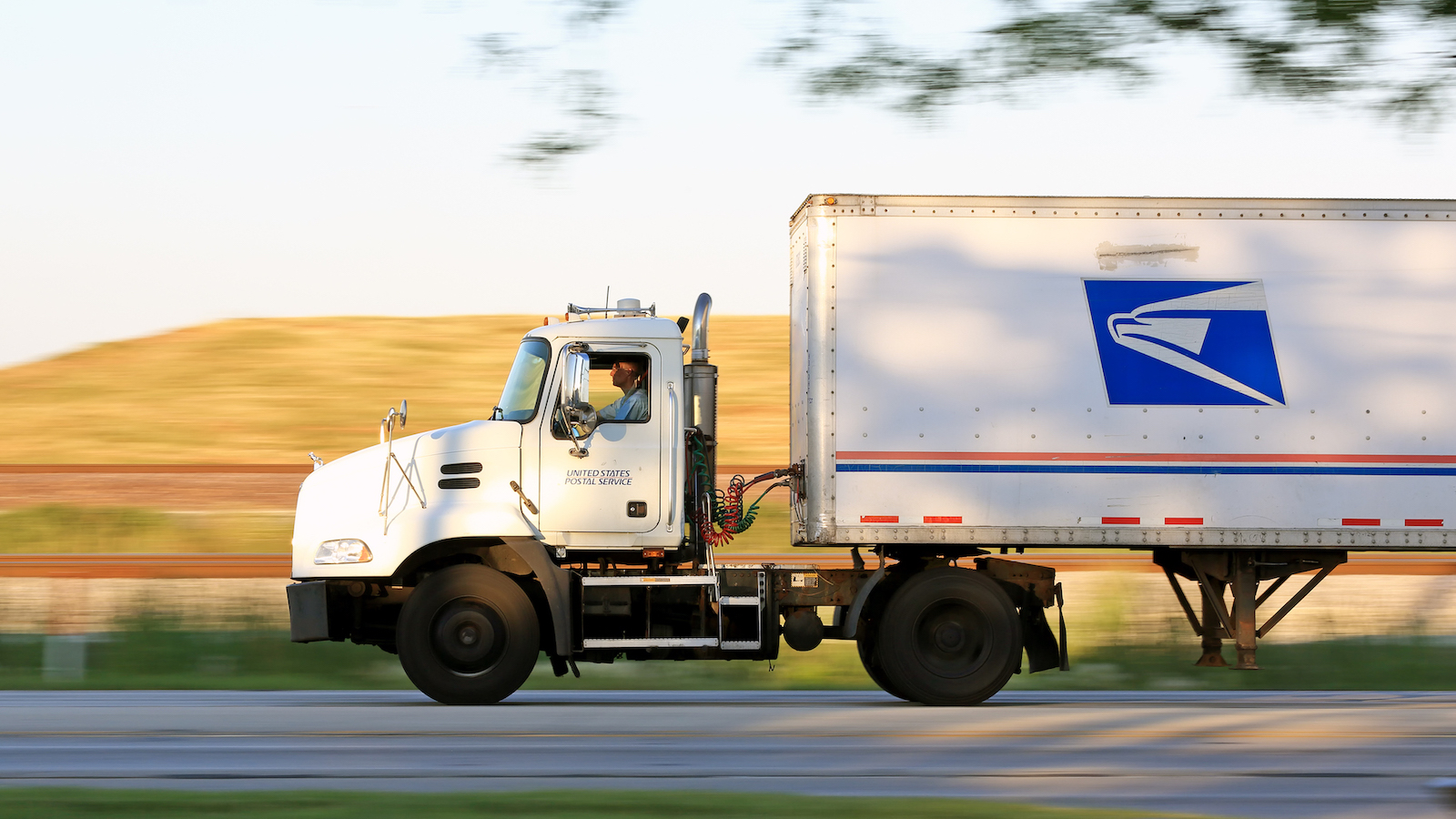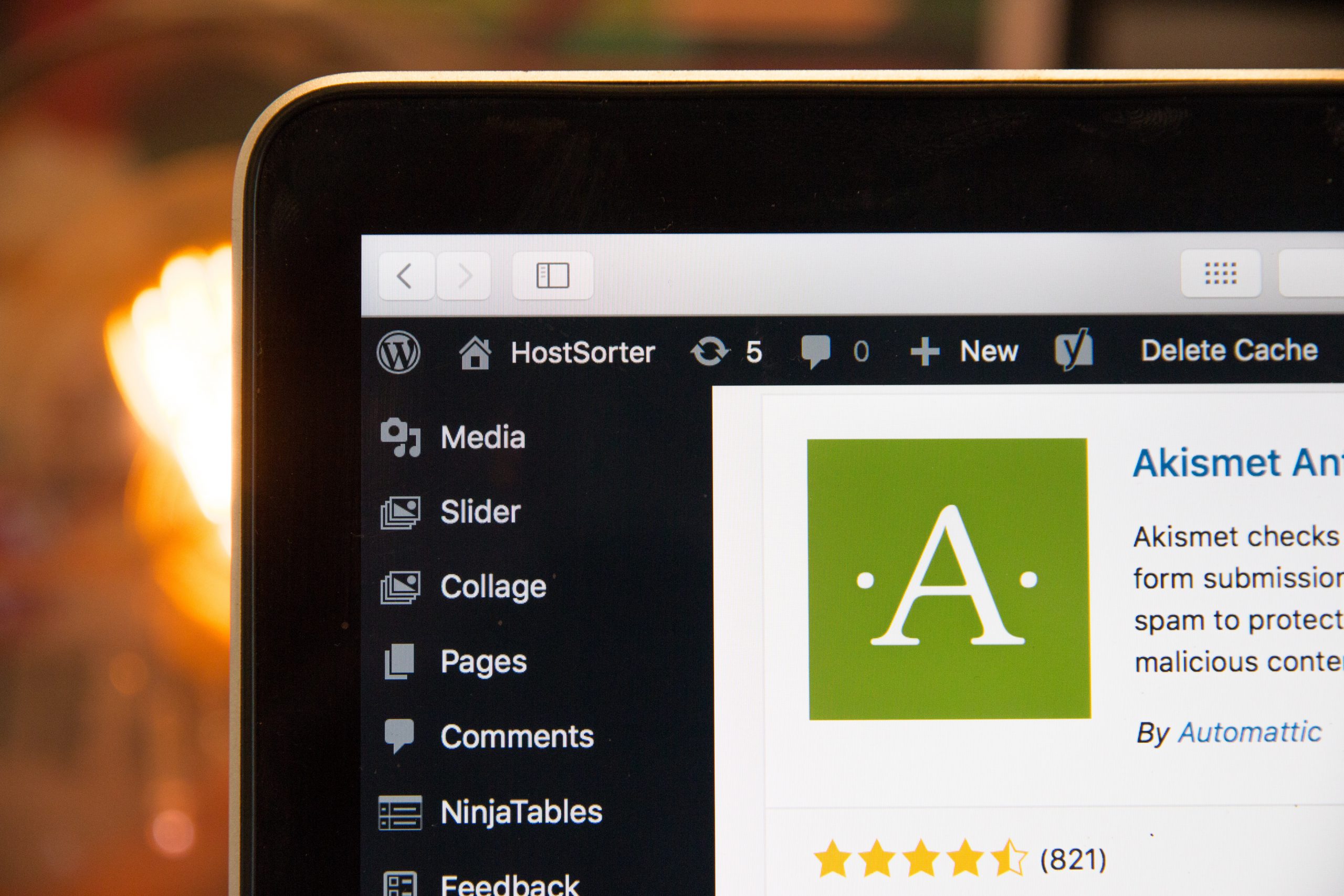Table of Contents
** Minutes
Why does USPS raise shipping costs?
What this means for shippers and ecommerce shops
After the holiday rush, ecommerce businesses always face the worry of upset customers and high returns, but 2020 comes with an additional consideration in the form of increased shipping costs.
USPS has raised many of its shipping costs for packages and parcels, where the organisation generates a sizable chunk of its revenue. It’s not keeping up with the Joneses, so you’ll still see affordable shipping options via USPS compared to other couriers, but small increases still add up quickly if you’re shipping a lot of products.
So, what’s an ecommerce store to do? Here’s your master plan for understanding and addressing USPS rate changes, while still keeping revenue high and customers happy.
Why does USPS raise shipping costs?
USPS raises its shipping costs across its USPS mail types in order to keep providing the services required by law. These include mail and parcel deliveries to every home and business in the US as well as requirements for physical retail locations. It also has to pre-fund retiree health benefits and other pension elements through the year 2056, meaning it needs significant revenue on hand. Shipping price increases are generally rare and usually do not change classes of shipping.
2020 new postage rates
The USPS announced new postage pricing for 2020, aiming to generate the revenue it needs while staying competitive in the current market. Changes avoided adjusting many letters — so forever stamps and postcard stamps remain the same — but its flat-rate box pricing did change.
Postage rate changes were initially announced in October 2019, and a comprehensive price file was published on January 17, 2020.
Visit the USPS site to download price and SKU price files so you can better predict shipping costs based on zone and package characteristics.
What’s increasing?
For ecommerce businesses, you’ll see a price increase for nearly every USPS mail type you use. There are increases in Priority Mail, Priority Mail Express, Ground Shipping, Media Mail, and nearly all other services.
When looking broadly across the data provided, commercial rates increase by an average of 8.8% for first-class packaging service. This service changed to zone-based pricing in 2019 and that continues in 2020. Media Mail rates increase 1.9%.
The other major change was to costs in its flat-rate mail program. Some examples are in the chart below and the full list of can be found here.
| Carrier | Class of Mail | Type of Package | Old Price | New Price | Increase |
| USPS | Priority Mail | Small Flat Rate Box | $7.90 | 8.30 | $0.40 |
| USPS | Priority Mail | Medium Flat Rate Box | $14.35 | $15.05 | $0.70 |
| USPS | Priority Mail | Large Flat-Rate Box | $19.95 | $21.10 | $1.15 |
| USPS | Priority Mail | APO/FPO Large Flat-Rate Box | $18.45 | $19.60 | $1.15 |
| USPS | Priority Mail | Regular Flat-Rate Envelope | $7.35 | $7.75 | $0.40 |
| USPS | Priority Mail | Legal Flat-Rate Envelope | $7.65 | $8.05 | $0.40 |
| USPS | Priority Mail | Padded Flat-Rate Envelope | $8 | $8.40 | $0.40 |
At the same time, there are changes to the way USPS is calculating shipping charges, with new DIM weight pricing. Thankfully, this doesn’t touch the flat-rate shipping boxes. However, you might see increased cost if you use your own boxes and have especially large or heavy items.
What’s staying the same?
Most of the non-parcel mail you’ll use will stay the same. This includes your First-Class Mail Forever stamps ($0.55), the additional ounce charges ($0.15 per ounce), postcard stamps ($0.35) and the costs for metered letters and flats.
The one price increase noted for these types of products are for international letters, where the price for a 1oz letter rises from $1.15 to $1.20.
What this means for shippers and ecommerce shops
There are two important things that you’ll want to be thinking about for 2020 shipping with USPS: how price hikes impact you and how they impact customers. You’ll want a straightforward plan to understand the impact and mitigate any problems that might arise, especially if cost increases could upset customers.
Higher costs
Shipping costs are going to increase for you in 2020, and there’s really no way to avoid it.
For USPS customers, you’re going to see increases as you ship goods from factories or vendors to your warehouses, distribution centres, and retail shops. You’ll also be facing higher shipping costs on getting products to your end-customer. This will be true even if you predominantly use other couriers, as there are significant rate changes for FedEx and UPS in 2020.
Ecommerce businesses need to create a plan now for how they’ll respond to these price increases. Can you afford to keep rates the same and reduce your margins? Or, will you need to raise costs to cover the increase? If you do pass the cost on to customers, will it be directly by making them pay for shipping or indirectly by reflecting it in a slight increase in the cost of your goods?
Backlash you’ll face
When couriers raise rates, customers face higher costs at their favourite stores. The decision was one made by USPS, but it’ll impact everyone in your supply chain and sales process. That means increased questions from lots of diverse groups.
Get your plan together now for how you’ll respond to rate changes and how to address customer complaints. Know specifically what shipping costs will rise and give customers a quick explanation of why.
If you offer recurring and subscription products, be sure to notify customers ahead of price increases so you minimise anger and avoid higher return rates.
4 tips to protect profit margins after the changes
The changes are straightforward and so are the things you need to do to protect your business. Start by creating a game plan to understand the changes. Determine how your business can best address them, and then let your customers know what you decide.
1. Do the math
The first thing to understand is how the price increase will impact your business. Look at your average order size and location, plus any metrics you track around shipping, carrier costs, box sizes, and the zones you ship to regularly.
Software platforms can usually manage much of this data collection for you. If not, focus on your average order cost increase and product amount. These basics will prep how you respond.
2. Factor the increase into your price
If you offer free shipping to customers, you’ll need to cover the increased shipping cost in your products. Raise their prices a small amount in order to keep your shipping free or low-cost.
A straightforward way to do this is to divide your cost increase on the average order by the number of products in that order. Whatever you’re left with is how much you raise the cost of each product you sell. More advanced techniques may have you increase the price slightly more for high-cost and popular products because they can weather cost increases better.
3. Partner with ShipBob
If shipping increases can break your bank, look for partners to handle order fulfilment. Partners like ShipBob get discounts from USPS and other couriers because they ship such a high volume of products.
That means if you’re paying non-commercial rates, you’re overpaying. Working with ShipBob or similar 3PLs can help you save on shipping costs and potentially in other areas like labour, packaging, and storage costs.
4. Alert customers if you do raise shipping prices
As we noted earlier, it’s always smart to notify customers ahead of any price increases they face. By explaining the cost increase you experience and what the customer will be charged, they can see you as an honest store.
Honesty and clarity around your shipping policies — from prices and arrival dates through returns — is a proven way to build trust and protect your bottom line.
Add the alert to emails you send out as well as on your website. Consider language like this: “Due to USPS price increase, we’ve raised shipping prices $0.30 per order.”
Conclusion
Cost increases are a common factor for any business, but thankfully shipping rates from USPS are transparent and easy to calculate. Your biggest work here is understanding how you’ll be impacted and developing a plan to raise rates and notify customers.
For the most part, the small rate increase will still enable you to be profitable in 2020. If you’re worried about maintaining margins and profitability, however, it’s time to talk with a 3PL about safeguarding your business.



